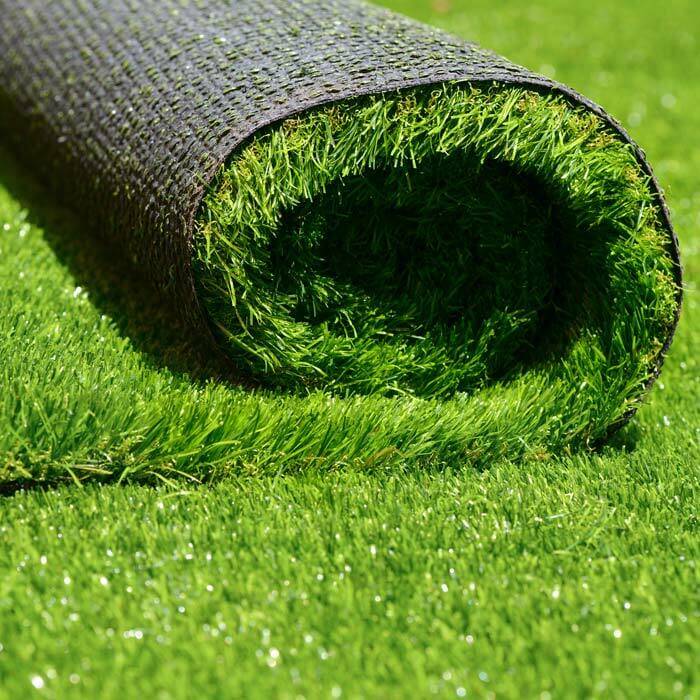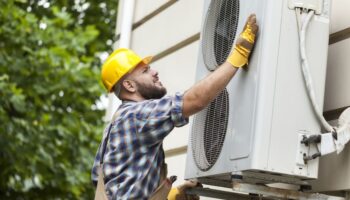- Clean and Remove Debris: Regularly sweep or rake your artificial grass to remove leaves, sticks, and other debris that can accumulate on the surface.
- Rinse with Water: Hose down your Artificial Grass with a garden hose or sprinkle with water to remove any dirt or dust that has settled.
- Spot Clean and Disinfect: For small stains and debris, use a mild detergent and warm water to clean and disinfect the area.
- Protect from Ultraviolet Rays: Use an artificial grass protector to protect your turf from ultraviolet rays and fading.
- Keep Pests Away: Use a natural pest repellent to keep pests away from your artificial grass.
- Repair Damaged Areas: If you notice any tears or damage to your Artificial grasss, use a repair kit to patch it up and keep it looking great.
- Minimum Foot Traffic: Try to limit foot traffic on your artificial grass to avoid flattening and compressing the blades.
- Monitor the Temperature: Make sure the temperature of your artificial grass is not too hot or cold, as this can cause the blades to discolor or wear down.
- Do Not Apply Fertilizer: Do not apply fertilizer to your artificial grass, as this can damage the blades.
- Use Artificial Grass Cleaners: Use a specialized artificial grass cleaner to keep your turf looking its best.
What Are the Benefits of Artificial grass?
- Low Maintenance: Artificial grass requires no mowing, fertilizing, or watering, making it a great low-maintenance option for homeowners.
- Durability: Artificial grass can last up to 20 years or more with proper maintenance and installation.
- Cost Savings: As artificial grass does not require any mowing or watering, you can save on your water and energy bills.
- Eco-Friendly: Artificial grass does not require any chemicals or pesticides, making it an environmentally friendly choice.
- Pet-Friendly: Artificial grass is highly durable and does not contain any harmful chemicals that can harm your pets.
- Versatility: Artificial grass can be used for a variety of applications, from landscaping to sports fields.
- Safety: Artificial grass is slip-resistant and does not have any sharp edges that can cause injuries.
- Aesthetic Appeal: Artificial grass looks great and is available in a variety of colors and textures.
Frequently Asked Questions About Artificial Grass
Q: What is artificial grass?
A: Artificial grass, or synthetic turf, is a man-made surface made from synthetic fibers that are designed to look and feel like natural grass. It is commonly used in athletic fields, playgrounds, lawns, and gardens.
Q: How does artificial grass compare to natural grass?
A: Artificial grass requires less maintenance than natural grass, and it is generally more durable and cost-effective. It also does not require the use of fertilizers, pesticides, or water, which can be beneficial for the environment.
Q: How long does artificial grass last?
A: Artificial grass can last for up to 15 years with proper care and maintenance.
Q: What are the benefits of using artificial grass?
A: Some of the benefits of using artificial grass include reduced maintenance costs, improved water efficiency, environmental friendliness, and improved overall aesthetic appeal.
Q: Is artificial grass safe?
A: Yes, artificial grass is safe to use and does not contain any toxins or allergens. It also has a non-slip surface, which is beneficial for playing sports or other activities on.





